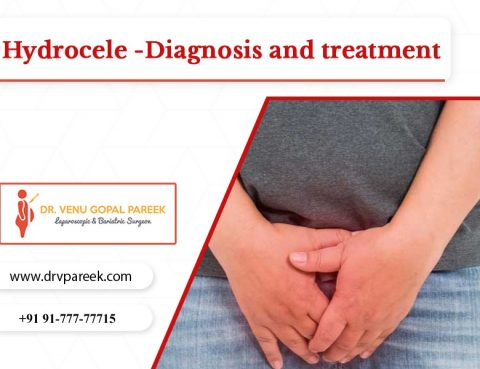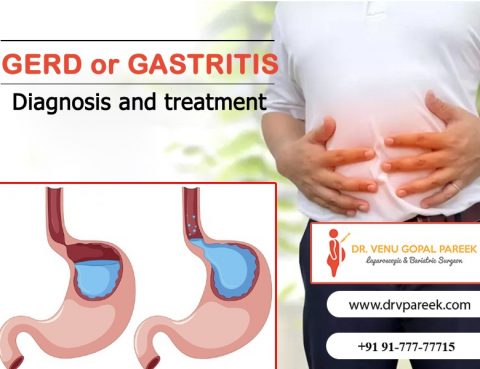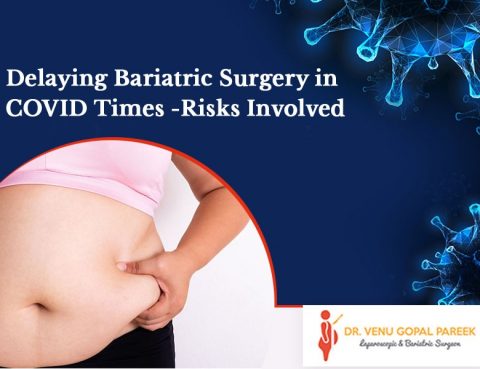
Haemorrhoids, also called piles, are caused by swelling of the blood vessels in or around the anus and rectum. Haemorrhoid veins are located at the bottom of the rectum and anus. Sometimes these blood vessels swell, resulting in thin and stretched walls. This causes severe irritation while passing faecal or bowel movements. Haemorrhoids are usually…

A hydrocele is a disorder that causes swelling of the scrotum due to an abnormal buildup of fluid in the scrotum. The accumulated fluid surrounds the testicles. This is one of the most common physiological diseases in newborns under one (congenital hydrocele). Strangely, in infants and children, this disease automatically goes away without treatment. Hydroceles…

Gastric acids and ingested fluids can affect the lining of the stomach tissue. Acid flow into the oesophagus due to acid reflux (backflow or acidic fluid movement upwards) can also cause irritation and pain in the oesophagus lining. Inflammation, pain, and erosion of the digestive system’s lining due to stomach acid are classified as gastritis…

Gallbladder disease is one of the most common procedures performed in India. Before 1991, the open technique was the standard procedure for cholecystectomy. This usually involves doing an intraoperative cholangiogram if having CBD stones and the patient usually stays at home 2 to 6 days postoperatively. With the advent of laparoscopic cholecystectomy, the gold standard…

The appendix is a small worm-like structure attached to the cecum, the initial part of the large intestine, in the lower right corner of the stomach. In the first few years of life, the appendix acts as part of the immune system but has no known function. Sudden inflammation of the appendix is known as…









